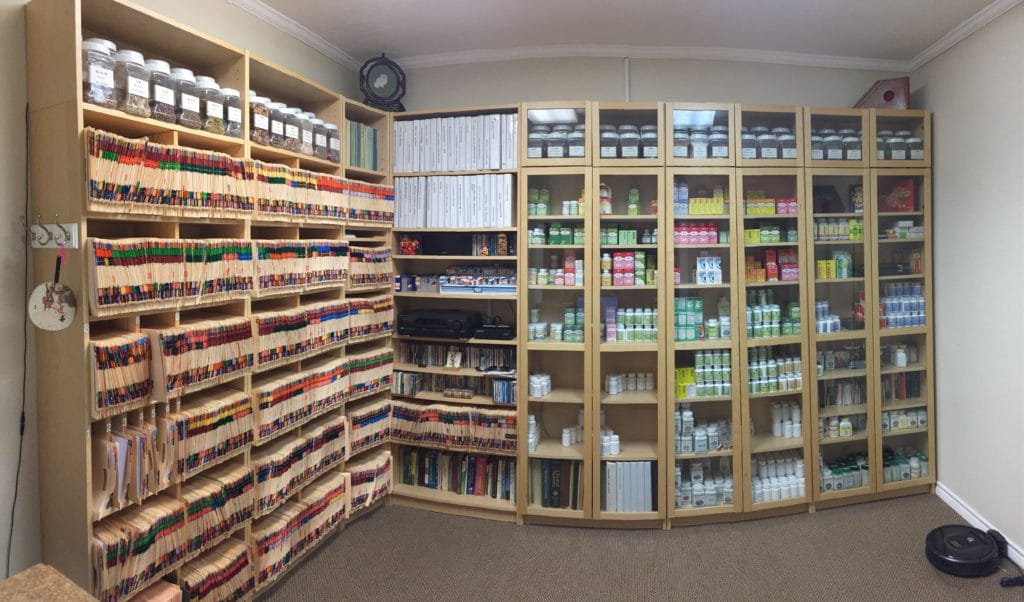Acupuncture For Stroke Rehabilitation
By Bindi Zhu, M.D. (China) Ph.D. (Traditional Chinese Medicine)

Stroke rehabilitation is one of many conditions that can significantly benefit from merging eastern and western treatment methods. Due to recent advances in imaging, it has been shown that acupuncture in the scalp has recently been shown to stimulate the area of the brain directly under the needle. Traditional Chinese medicine combined with physical therapy can help patients recover from a stroke faster and prevent another stroke in the future.
There are three ways acupuncture can benefit stroke recovery:
- Acupuncture increases blood flow at the local site of needle insertion and in the whole body, much like anticoagulant drugs.
- Scalp acupuncture encourages the formation of new neural and vascular pathways in the brain.
- Body acupuncture encourages the peripheral nervous system to send messages to the central nervous system, thereby facilitating the formation of new pathways.
How Stroke Recovery is treated in China
In China, hospitals integrate conventional and traditional medicine to treat stroke patients. Emergency room care is identical to that found here in the United States, but once leaving the ER, treatment is quite different. In addition to intravenous drips of Chinese herbs, scalp acupuncture makes up an essential part of each patient’s treatment.
Scalp Acupuncture
Scalp acupuncture is considered a hybrid science due to the blend of western knowledge of brain anatomy and acupuncture. As the name implies, scalp acupuncture involves inserting needles over the area of the brain affected by the stroke. Researchers found that when they needled the scalp, they stimulated the region of the brain found directly underneath. For example, inserting a needle over the Broca’s area can help stimulate the area responsible for speech. You can relate the concept to that of a shadow. When I insert a needle, it makes a “shadow” on the brain directly on the other side of the scalp.
Body Acupuncture
Stroke patients can also benefit from acupuncture on the body. By inserting a needle in the body, a biochemical message is sent from the nerves to the brain. For example, performing acupuncture on the leg can stimulate the part of the brain specifically responsible for operating the leg. Acupuncture works in two directions: stimulating the brain itself to establish new wiring to communicate with the body and stimulating the peripheral nervous system to send a message to the brain to rebuild deeper connections.
What is a treatment like?
Needles are inserted into the scalp, which may be accompanied by sensations of pulling, tightness, or pain. After insertion, some patients often feel a sense of heat in the impaired body part. Other patients may experience cold, tingling, or numbness. However, the treatment is still effective even without these sensations.
How soon will improvements be seen? There is no set recovery pattern for stroke patients, but we will usually know if acupuncture will help the impairment after the first treatment. In some cases, the effects of the acupuncture treatment cannot be immediately measured, and it could be days or weeks before the results are assessable. However, over the past thirty years, China has demonstrated that acupuncture treatments re-establish motor and sensory abilities much faster than physical therapy alone.
How many treatments should I expect?
In China, the average stroke patient receives thirty treatments, although some continue to receive treatments as long as there is an improvement. In America, patients receive two or three treatments per week, although more aggressive approaches may consist of treatments every day. The number of treatments any patient needs depends on many factors. For best results, treatment should begin as soon as the patient has stabilized. However, patients can make substantial gains at any stage of recovery.
Why are so many treatments necessary?
Stroke patients are often in a weakened condition and cannot tolerate one massive stimulation. Post-stroke treatments must be carefully regulated to a level the patient can incrementally build upon. One analogy that can be made to this therapy is gardening: the doctor must carefully cultivate the new patterns of sensation in the patient. The treatment is the cumulative effect of many small awakenings.
Does post-stroke rehabilitation work?
Acupuncture therapy after stroke helps thousands of stroke victims in China every day. Recent research led the National Institute of Health to conclude in 1997 that acupuncture does benefit stroke recovery. In the 1950s, Chinese government researchers demonstrated that acupuncture treatments accelerate stroke rehabilitation. Today, the research has developed into well-established hospital treatment plans. Chinese medical schools even have specialized programs that train doctors to combine Western neuroscience and Eastern acupuncture. In America, many health care providers now recognize the value of these treatments and include them with conventional therapy.

